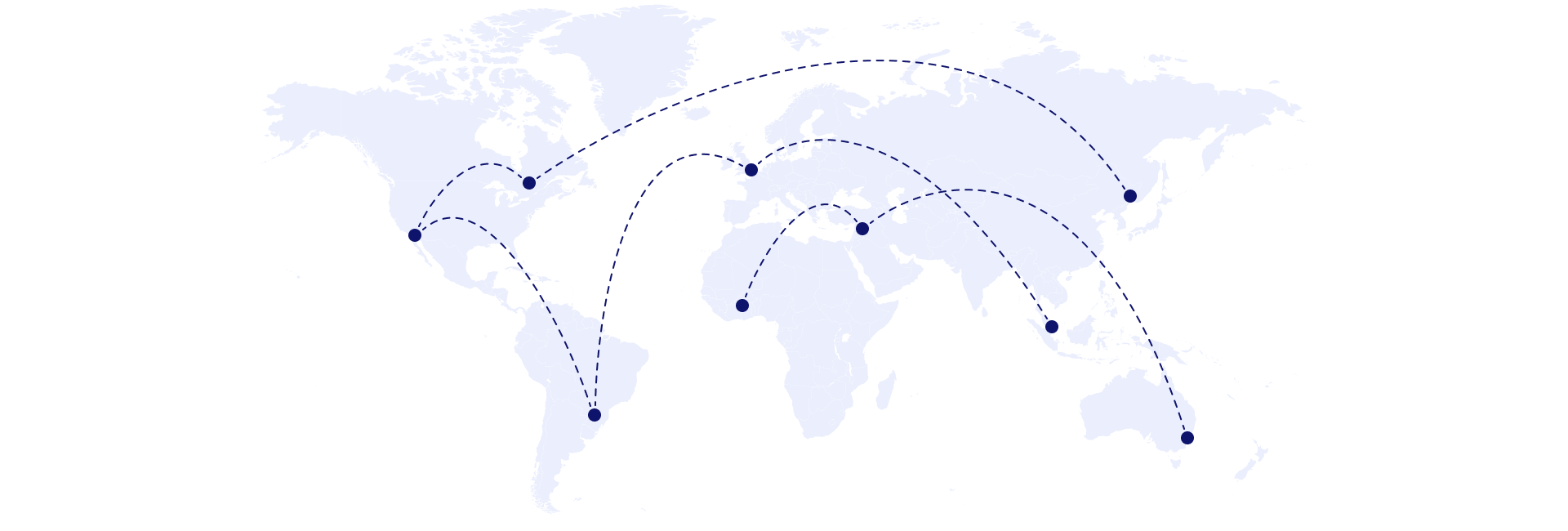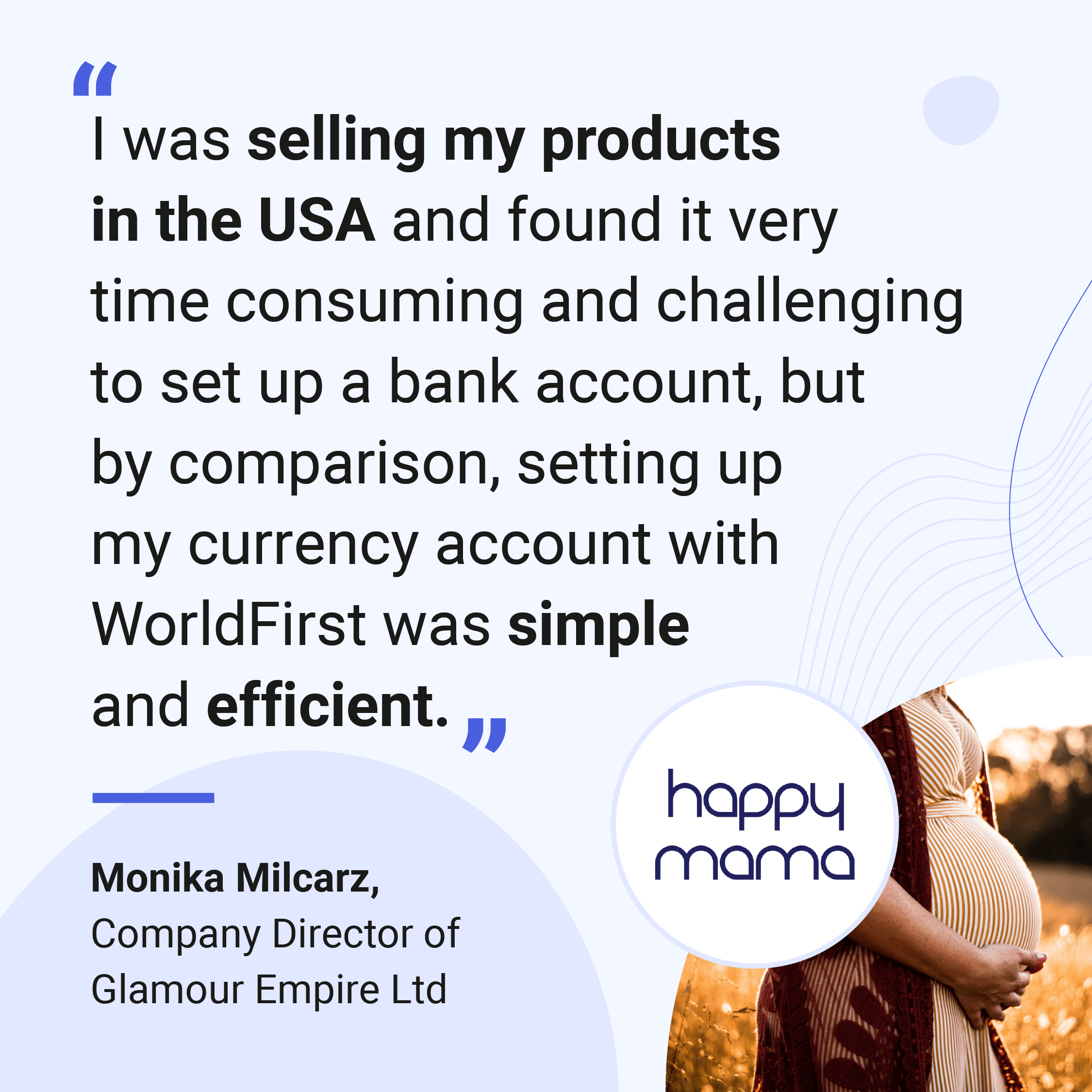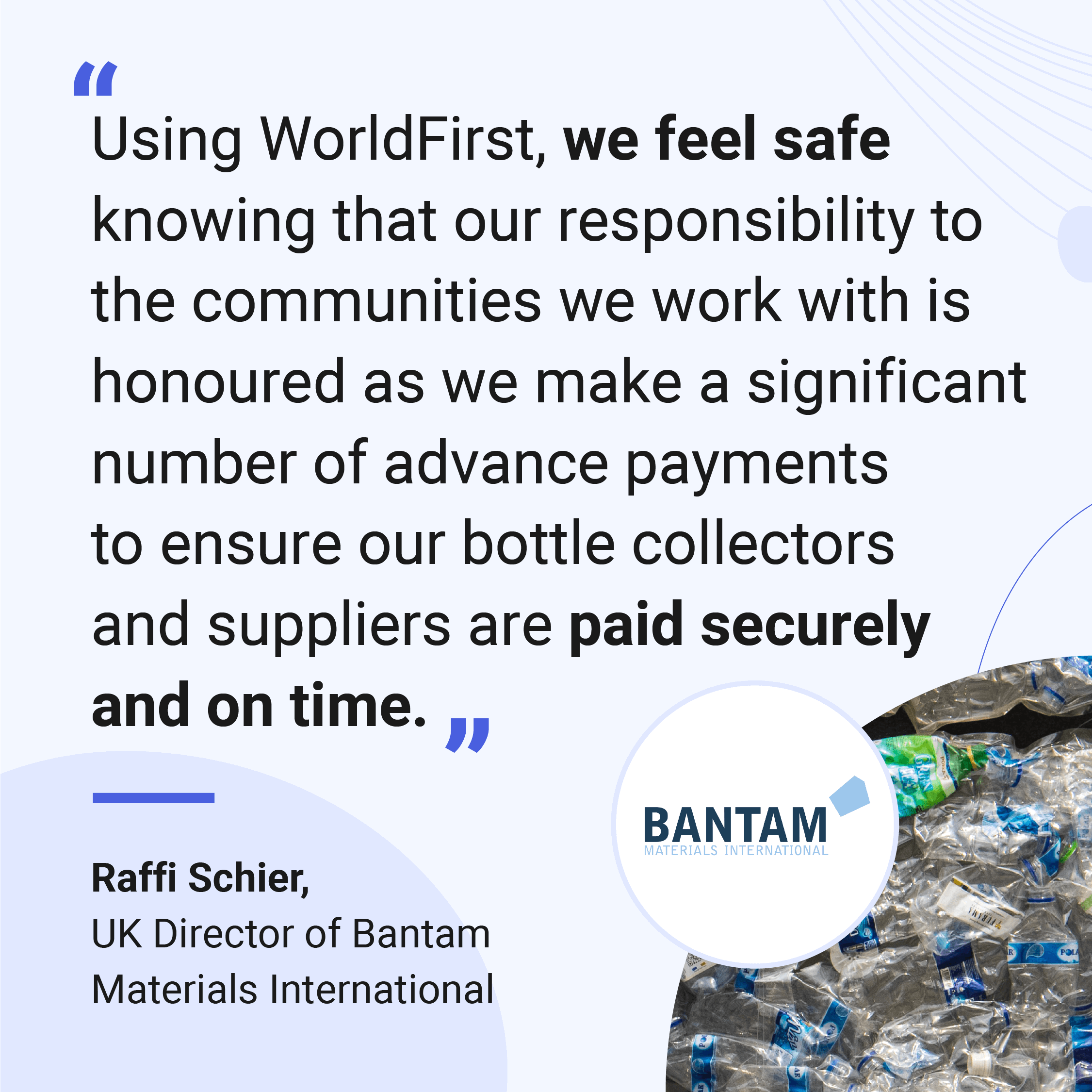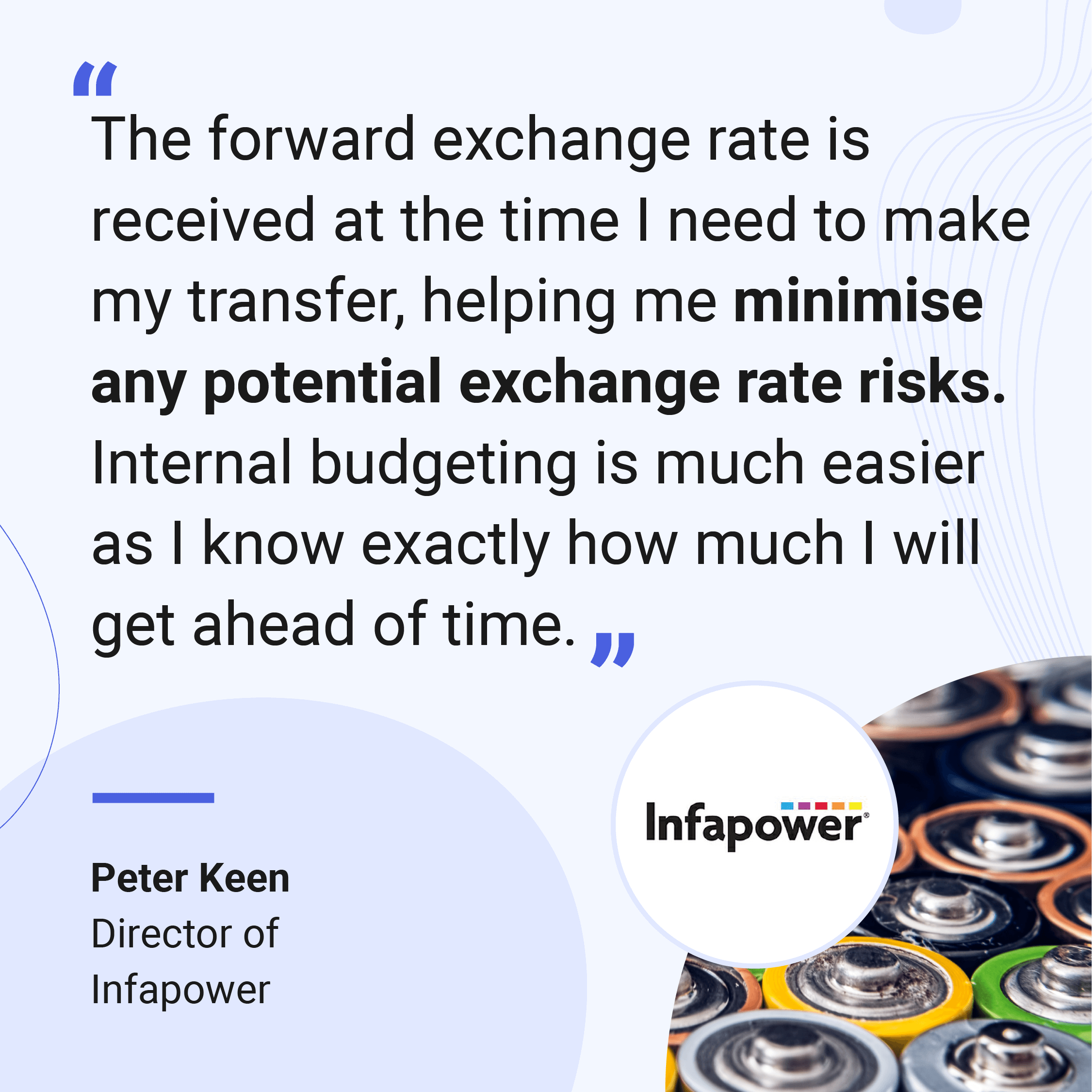
Recent exciting developments in e-commerce — including augmented reality product demonstrations and voice-activated transactions — have changed the consumer experience. By the end of 2021, the number of digital buyers worldwide is projected to pass 2.14 billion as more consumers take advantage of the ease and convenience of e-commerce.
E-commerce growth is predicted to take place more heavily outside of the UK as consumers in developing economies spend more disposable income and improve their living standards. China already leads the world in e-commerce sales by over $100 billion (USD) compared to the second-largest market (the US). If you’d like to learn how to expand a business internationally to meet this emerging demand, we’ve outlined some steps below.
How to expand a business internationally
Source financial and skills support
UK entrepreneurs don’t have to face the task of expanding their business internationally all on their own. Instead, they can use strategic support available through the GREAT Britain campaign and access financial support through the UK Export Finance (UKEF) office.
These specialist services are run by the UK government, and they’re aimed at helping UK SMEs take advantage of the export opportunities that await them overseas. Both the GREAT Britain campaign and UKEF can help you understand which countries your business should target first. Use the links provided above to learn more about the support available and which programme is best suited to your business.
Understand your capabilities
Another early step in expanding your business internationally is identifying your strengths, weaknesses, opportunities and threats. This process is known as a ‘SWOT’ analysis and will give you an overview of how you can develop an export strategy to maximise or compensate for certain skills.
Some of the key opportunities you may wish to consider are trade agreement terms or differences in nations’ forecasted GDP growth, as both are highly influential on your business success. For example, while India is set to lead the world in GDP growth until 2026, the e-commerce market is more established in China on multiple fronts, including the total number of buyers and market size. If you’d like more of a background on vulnerabilities your business could face, our article on International business risk factors to consider can help you get started.
Pick a market
If you haven’t already done so, you’ll need to pick a single market to focus on. This can be tough. As you evaluate your options, try to consider factors like the economic and political stability of the market in question, the investment you’ll need to put into translation and advertising services (see more below), and practical challenges like time difference and the infrastructure available for handling deliveries and shipments.
If you can’t decide which markets to export to — either because you’re faced with too many options or because suitable markets aren’t forthcoming — hone your market research, or try modifying your product. Sometimes, small changes lead to big opportunities.
Complete a competitive analysis
There are other external factors in business that you’ll need to account for — for example competitors, rival products, price points, product benefits and weaknesses, and so on.
Conducting a competitor analysis is a crucial step in expanding your business internationally as some regions have more saturated markets than others. If your business is eyeing opportunities abroad, being a de facto larger player in one market can bring advantages over competing in a more crowded one. Use the same SWOT framework (see above) to determine where your competitors may be ahead and where you need to bridge gaps.
Refine your USP
A unique sales proposition, or USP, attracts customers to one business over another. The importance lies in the term ‘unique’ — customers need to understand and value why your business is better.
Cultural factors may influence your business’s USP, so regional consumer differences are important to keep in mind. Electrical appliances — like white goods that save users time — are internationally popular, while accessory products — like clothing or jewellery — may be more fashionable or acceptable in one region than another. Finding a compromise between what your business can offer and how you’ll meet consumers’ existing needs may take time and insight.
Set up your business legally
If you’re looking to expand a business internationally, you have to comply with local legislation and regulations. Some countries place higher burdens for transparency on foreign investors, while others have more relaxed manufacturing laws. You may have to register your business for tax and possibly apply for permits or licences so you can operate legally. Consult with locally qualified solicitors and accountants and make sure your business is compliant before you start trading.
You can also read our article Tax tips for small business owners selling online to learn how you can save money by adjusting your accounting and bookkeeping practices ahead of tax season.
How to expand a business online
As a UK-based entrepreneur, you can expand your business online instead of opening international retail stores. You might already be selling on platforms like Amazon or eBay, or maybe you have your own e-commerce website: either way, with just a few tweaks to your profile or website settings, you can start appearing in consumer product searches in other countries.
If you want to maximise your international search engine visibility, you’ll need to invest in translation and personalisation. If you don’t professionally translate your product information or refine your customer experience, you risk losing out on sales. Hiring a translator and a local marketing consultant can help you avoid embarrassing mistranslations and highlight essential safety information. Locally savvy marketing professionals can also ensure that your marketing claims are appealing.
Outline goals and measure your performance
With all the preparation work completed, it’s almost time to start trading. The final step you’ll need to complete is outlining a business plan and sales goals. If you’re unsure of the viability of the market you’re joining, you might decide to go with a trial manufacturing run before ordering additional stock.
If you’re convinced of the value in your chosen market, on the other hand, you may want to focus on brand awareness strategies that build your business’s profile for long-term growth. Either way, strategy and sales forecasting is essential. Otherwise, you risk wasting time and capital on disorganised growth projects that don’t deliver.
As you’re drafting your business plan, take time to consider how you’ll track your progress. For example, measuring your revenue to date is more straightforward than measuring your brand awareness, so taking a comprehensive and detailed view of your business’s long term success may take time.
Read our guides How to manage economic risk in international business and How to grow a small business after year one — we discuss how you can mitigate risk factors through performance indicators and how you can achieve sustained growth across your future trading.
Send and receive international currencies
Have you considered how you’ll manage the currency difference as your business expands? A 2018 consumer survey showed over three-quarters of e-commerce customers preferred paying online in their local currency. They understood the value of goods better, and they avoided exchange fees and fluctuating market rates. Perhaps unsurprisingly, online retailers that don’t accept payment in local currencies risk increasing their cart abandonment rate.
Whether you’re looking to receive or send funds across borders, WorldFirst has just the solution. With an account from WorldFirst, you can accept payment in multiple international currencies, just like local businesses in your target markets.
WorldFirst also has same-day payment options available on major currency pairs (subject to cut-off times), so you can rest assured your money will get where it needs to on time.
Open an account for free, with no annual fees or minimum deposits, and enjoy integration with Xero accounting software at no extra cost. Find out more online or call 0207 801 1065 today.

You might also like
WorldFirst articles cover strategies to mitigate risk, the latest FX insights, steps towards global expansion and key industry trends. Choose a category, product or service below to find out more.
Businesses like yours trust WorldFirst
- Almost 1,000,000 businesses have sent $150B around the world with WorldFirst and its partner brands since 2004
- Your money is safeguarded with leading financial institutions

What our customers say about our services





